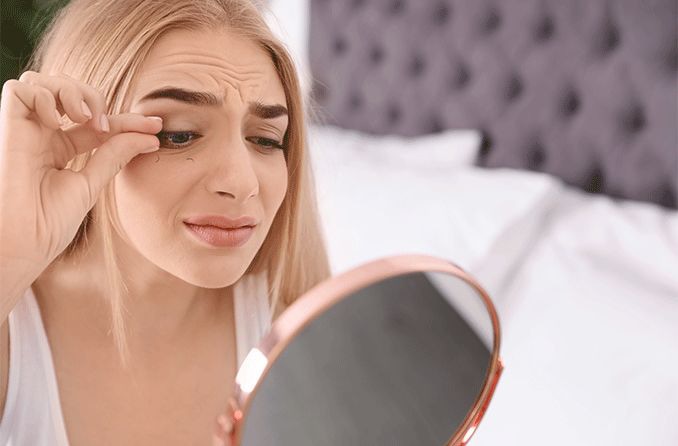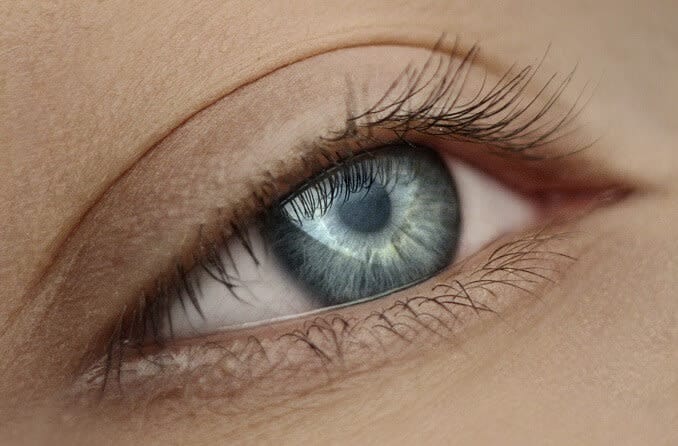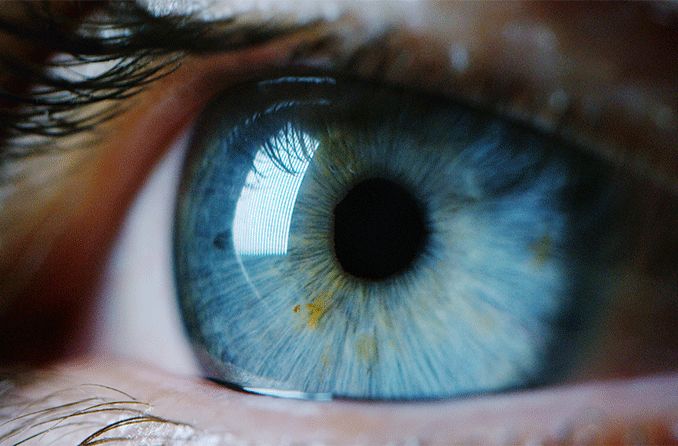How far away can you see?
“As far as the eye can see” sounds like an impressive distance. But how far can the human eye actually see? It may sound like a straightforward question, but everything from your height to ambient light to the temperature of the air can impact the answer.
How does the eye focus on distant objects?
If you want to know how far the eye can see, you need to understand how the eye sees and creates vision (at any distance).
The first step in the development of vision is for light to pass through the cornea. The cornea is the clear, dome-shaped cover on the outside of the eye. From the cornea, light travels through the pupil. The pupil is the black hole in the center of the eye that expands and constricts to control how much light makes it through to the back of the eye.
Next, light passes through the lens, which is located directly behind the pupil. The lens continually changes shape to help focus the light.
Creating vision involves multiple systems
Accommodation is the process of the lens changing shape to focus on objects at various distances. The lens is surrounded by a ring of muscle called the ciliary muscle. The ciliary muscle is what helps the lens change shape.
For objects that are closer, the lens becomes more curved at the center. To focus on objects that are farther away, the lens flattens out. To achieve clear and comfortable vision, accommodation must be flexible and efficient.
After light passes through the lens, it moves to the retina, the tissue at the back of the eye. The retina contains photoreceptors, cells that transmit information about light to the brain by converting it to electrical signals. The signals from the photoreceptors are sent from the retina to the optic nerve and on to the brain. The brain turns the signals into the images you see.
READ MORE: Vision: How does eyesight work?
What affects how far you can see?
Height
With no physical obstructions, a 5’7” person can see as far as the horizon, which is about 2.9 miles away. However, if that person goes to Calgary, Alberta, Canada, and up to the rooftop of The Bow — a 779-foot tower — they can see as far as 33.5 miles away. The higher up a person is, the greater the distance between them and the horizon.
The same is true regarding the height of the object being viewed. The taller the object is, the higher it is above the horizon, which makes it easier to see from a greater distance.
Brightness
Perceived brightness significantly impacts the distance at which you can see an object. The stars in the night sky are a perfect example of this. Your ability to see a star has more to do with how much light it puts out rather than how close it is to Earth.
Air temperature
The temperature of the air also impacts your vision. You may have noticed on a hot day that the road seems to distort and ripple. This phenomenon is due to atmospheric refraction.
Cool air is denser than hot air, so when an object is very hot — like a highway in the summer — the air closest to the object is hotter than the air farther away. This difference in air density creates a mirage. In this case, the visual effect of the bending of light looks like waves on the highway.
So how does air temperature impact distance vision? When the air closer to the earth’s surface is cool and the air above it is warm, it allows light to bend alongside the curve of the earth. This, in turn, creates a clearer, longer sightline.
How does visual acuity affect distance vision?
If you’ve ever had an eye exam, you’ve likely seen a Snellen chart. This chart usually has a large “E” followed by lines of letters that get smaller as you go down the chart. Each line is assigned a number that represents the visual acuity.
Your eye doctor will have you read selected lines of letters to determine your visual acuity — the sharpness of your vision at a given distance. Snellen acuity provides the 20/20 standard of vision that most people are familiar with.
The first 20 in the 20/20 ratio represents the distance in feet between the viewer and the chart. The second number in the ratio represents the distance at which a person with normal vision can read the same line.
For example, a person with 20/100 vision must be only 20 feet away from an object to see it clearly, when an average viewer would be able to clearly see it from 100 feet away. A person with 20/10 vision can see an object from 20 feet away that the average person would need to be 10 feet from in order to see it clearly. The lower the second number, the better the visual acuity.
The other element of the Snellen chart that affects distance vision is the size of the object. This is why the chart has larger letters that get smaller as you go down. The better someone’s visual acuity, the more easily they can see a smaller object from a distance. In order for an object to be visible on the horizon 2.9 miles away, it would need to be a minimum of 4.4 feet tall and wide. That is, of course, if the viewer has 20/20 vision and is standing on the ground with no obstructions!
How far can the human eye see?
Now that all the factors that influence this answer have been established, how far can the human eye see? According to Guinness World Records, the answer is 275 miles. In July 2016, Mark Bret Gumá took a photo of the Alps while standing on the Pic de Finestrelles in the Pyrenees. This currently stands as the longest sightline on earth.
READ NEXT: How does the brain control eyesight?










